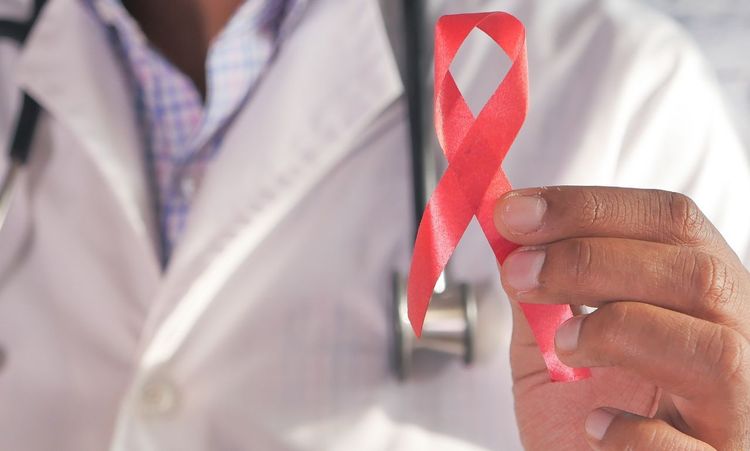Portable oxygen concentrators offer freedom and mobility for individuals who require supplemental oxygen therapy. Understanding Medicare coverage can help beneficiaries access these essential devices with minimal out-of-pocket expense, ensuring reliable oxygen delivery whether at home or on the go. Although Medicare covers rental costs under certain conditions, understanding eligibility and cost dynamics is crucial.
What Is a Portable Oxygen Concentrator?
A portable oxygen concentrator (POC) is a lightweight medical device that extracts and concentrates oxygen from ambient air to deliver it to individuals with respiratory conditions. Unlike traditional oxygen tanks, POCs generate oxygen continuously or on demand, eliminating the need for refilling or heavy cylinders.
Key Features of Portable Oxygen Concentrators
- Portability: Typically weighing between 2 and 10 pounds, designed for travel and daily use
- Power Options: Battery-operated, with options for AC and DC power connections
- Flow Settings: Continuous flow and pulse-dose delivery modes
- Oxygen Concentration: Delivers up to 90% pure oxygen at prescribed flow rates
How Portable Oxygen Concentrators Work
POCs draw in ambient air, filter out nitrogen, and concentrate oxygen to therapeutic levels. A microprocessor-controlled sieve bed separates oxygen molecules, delivering them through a nasal cannula directly to the user. Pulse-dose devices deliver oxygen only during inhalation, conserving battery life and extending usage time.
Medicare Coverage Overview
Medicare Part B provides coverage for durable medical equipment (DME), including portable oxygen concentrators, when deemed medically necessary by a healthcare provider. Coverage includes equipment rental or purchase, related accessories, and maintenance services.
Eligibility Criteria
To qualify for Medicare coverage of a POC, beneficiaries must:
- Be enrolled in Medicare Part B
- Have a documented diagnosis requiring oxygen therapy
- Undergo arterial blood gas analysis or oximetry demonstrating hypoxemia
- Receive a written prescription from a qualified physician specifying oxygen therapy and flow requirements
Steps to Obtain Medicare Coverage for a POC
1. Medical Evaluation
Schedule a face-to-face evaluation with a physician who will order diagnostic tests (arterial blood gas or pulse oximetry) to confirm the need for supplemental oxygen.
2. Prescription Documentation
The prescribing physician must provide a signed order indicating:
- Type of oxygen equipment required (portable oxygen concentrator)
- Duration of therapy
- Flow rate (liters per minute)
3. Supplier Selection
Choose a Medicare-enrolled DME supplier accredited by a recognized organization (e.g., Joint Commission). Verify supplier credentials via the Medicare Supplier Directory.
4. Supplier’s Role
The supplier processes the Medicare claim, delivers the POC, and provides training on device operation. They also handle maintenance and repairs for the duration of coverage.
Covered Costs and Payment Responsibilities
Medicare Part B covers 80% of the Medicare-approved amount for a POC after the annual deductible is met. Beneficiaries are responsible for:
- 20% coinsurance
- Any costs exceeding the Medicare-approved price
- Battery replacements or additional accessories not included in the initial rental/purchase agreement
Rental vs. Purchase
Medicare typically rents oxygen equipment for up to 36 months. After this period, ownership transfers to the beneficiary if ongoing need persists. In certain cases, Medicare may allow direct purchase of a POC.
Accessories and Supplies Covered
Covered items include:
- Nasal cannula and tubing
- Batteries and chargers
- Carrying cases
- Humidifiers (if medically necessary)
Limitations and Non-Covered Items
Medicare does not cover:
- Travel-related expenses (airline oxygen fees)
- Over-the-counter oxygen accessories not prescribed
- Portable concentrator upgrades beyond what is medically necessary
Comparison: Portable Oxygen Concentrators vs. Stationary Concentrators
Feature
Portable Oxygen Concentrator
Stationary Oxygen Concentrator
Mobility
High (lightweight, battery)
Low (plug-in, stationary)
Power Source
Battery, AC, DC
AC power only
Oxygen Output
Up to 3 LPM (pulse)
Continuous flow up to 5 LPM
Ideal Use
Travel, outdoor activities
Home use
Tips for Maximizing Medicare Coverage
- Confirm supplier enrollment and accreditation
- Keep detailed records of all prescriptions and test results
- Understand Medicare’s rental-to-purchase timeline
- Inquire about cost-sharing assistance programs if coinsurance is burdensome
When Coverage May Be Denied
Coverage may be denied if:
- Diagnostic tests do not meet hypoxemia criteria
- Documentation is incomplete or missing required physician signatures
- Equipment is obtained from a non–Medicare-enrolled supplier
Conclusion
Navigating Medicare coverage for portable oxygen concentrators involves understanding eligibility requirements, supplier selection, and cost-sharing responsibilities. With proper documentation and guidance, beneficiaries can secure coverage for essential portable oxygen therapy that enhances mobility and quality of life.




